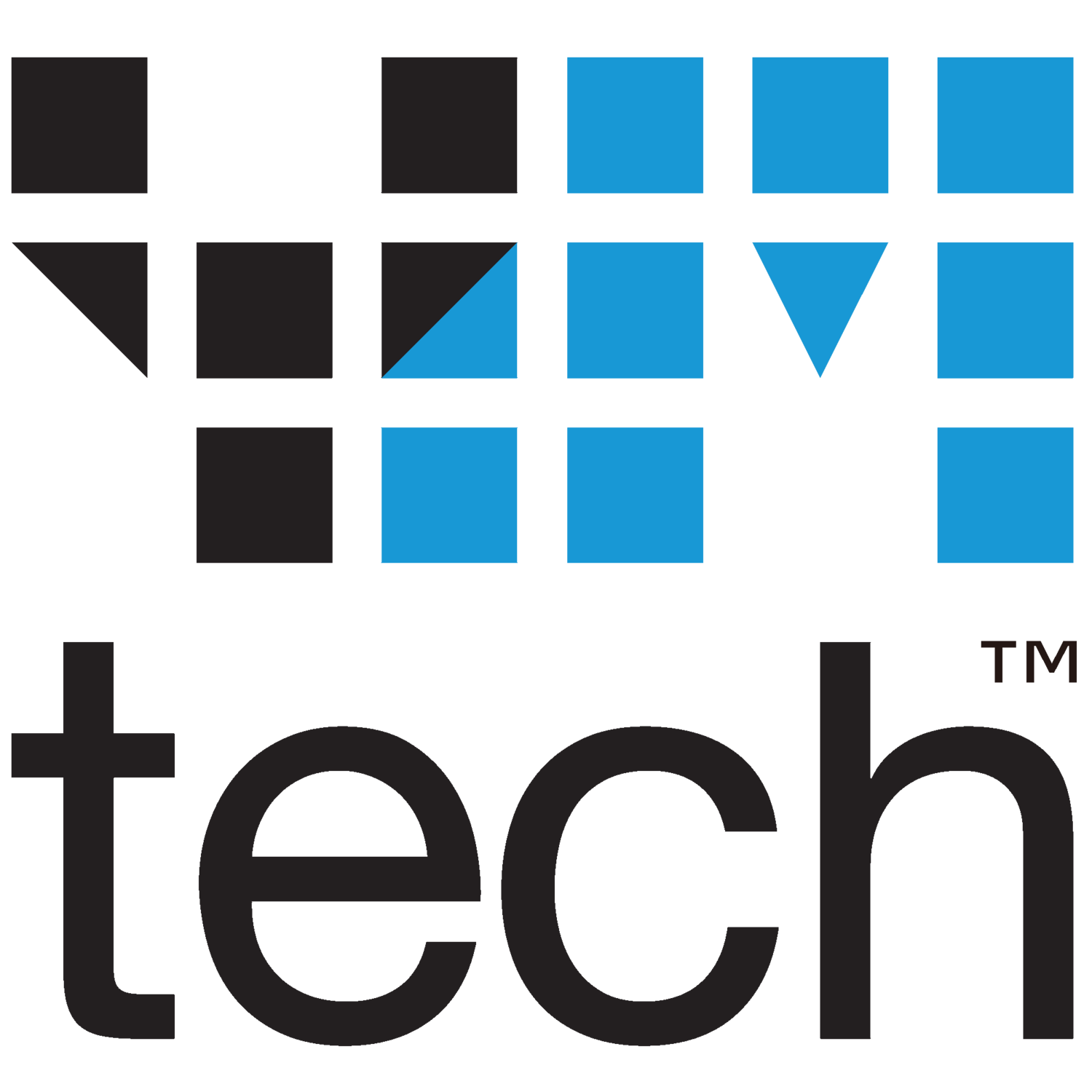We recently explored the incredible benefits of great customer service and how it should be a top priority for every business. There are a number of factors that contribute to executing fantastic customer interactions, and one of the main ones is employee happiness.
Statistics show that 69% of employees would work harder if they felt more appreciated. If you focused more on the satisfaction and mind frame of your team, imagine the results your company could be enjoying!
Before we delve into strategies, let’s talk about what management and leadership actually is. We love John Maxwell’s quote - “Leaders become great not because of their power but, because of their ability to empower others.” Leaders create a vision, set goals and energise people in committing to the plan. Managers are responsible for ensuring the specifics of the vision and goal are implemented efficiently and effectively. These two roles do overlap and to be effective you have to fulfil both roles. There’s no point in inspiring your team to work towards a fantastic vision only to fail when it comes to implementation.
Your team’s performance depends on your performance, that’s why the top tip for every manager is to always upskill. It is your duty to set the example and everything else will follow. YMtech is expertly equipped with the knowledge to conduct thorough consultations, provide advice or integrate a suite of great tools into your business to help boost team performance.
When it comes to Team Management strategies, we recommend exploring these three elements:
1. Effective Communication
2. Task Delegation
3. Performance Reviews
Effective Communication
We believe that effective communication is one of the most important tools in managing business relationships with both internal and external stakeholders. Leaders who possess high-level engaging, commanding and supportive communication skills are more likely to see better productivity and improved healthy relationships within their teams.
It often feels like effective communication is instinctive - you either have it, or you don’t. However, this isn’t entirely true. For most of us, communicating more clearly, frequently and effectively actually requires learning. So, how do you learn to communicate well in business?
1. Become an engaged listener. Effective communication is not just about talking. It’s also about listening and the ability to offer empathy, constructive feedback and open-mindedness. When you are an engaged listener, you are not just hearing a person’s words, you are making them feel heard and understood, which helps build stronger connections.
2. Avoid interrupting or trying to redirect the conversation to focus on your concerns. Listening is not the same as waiting for your turn to talk. Often the speaker can read your facial expressions and know that your mind is elsewhere.
3. Pay attention to non-verbal signals. The way you look, listen, move and react to another person tells them more about how you’re feeling than words alone can ever tell. This includes facial expressions, body movement, eye contact, posture, the tone of your voice and even muscle tension and breathing.
4. Be clear in your delivery. When sharing information with your employees, communicate clear instructions and explain your point or task clearly and succinctly. It is also wise to back-up verbal communication with written information to use as a reference point.
Task Delegation
You may believe that no one can complete a task better than you, but realistically without delegation you will never achieve the goals you are striving for. Managers struggle to delegate for many reasons including the fear of failure having put the responsibility in another’s hands and the belief that it will take longer than simply completing the task themselves.
Task delegation can be a tough skill to learn for some as it requires a high level of trust, coordination and you guessed it, effective communication! Most importantly, it is definitely not a sign of weakness!
You may never realise the true potential, the creativity thinking capacity and the problem-solving abilities of your team members if you never allow them the opportunity to show you. Great leadership lies in gifting your employees the chance to explore, experiment and showcase their own unique offering.
Let’s take a look at some of the benefits of task delegation:
- Eases your workload so you can focus on more crucial tasks.
- Generates a sense of empowerment within your team while assisting with personal development.
- Allows your team to develop new skills and gain knowledge, preparing them for new responsibilities and future role progression.
- Makes your team feel they are trusted and respected which tends to lead to a higher level of commitment to their work.
- Boosts team moral, improves productivity, and promotes enthusiasm and innovation.
Performance Reviews
Performance Reviews aren’t something to dread or to avoid. In fact, if done well and regularly, a review can be a very effective tool in cultivating powerful employee-leader relationships.
The specifics of Performance Reviews and the way in which they are carried out will vary from business to business. Your company’s performance management system will be unique to your company culture and your values, goals and vision. But to be effective, reviews should happen regularly enough to not leave employees feeling anxious in the lead-up to review time. In fact, Performance Reviews should actually couple nicely with other tools that encourage employees to share feedback in real-time, ensuring an open line of communication at all times. It’s also important to remember that your team reviews don’t necessarily have to be held in a traditional formal setting which can feel daunting and overwhelming for some. Hone into your core values, the nature of your operation, the demographic of your team and your unique business operation and create a performance management system perfect for your business.
Often the anxiety-inducing negative stigma surrounding Performance Reviews can overshadow their many positive benefits. That’s why we wanted to shine the spotlight on just some of reasons why reviews are vital to a business’ success. Performance Reviews:
- Help develop trusting and supportive relationships between managers and team member.
- Allow for two-way communication in a trusted, comfortable setting.
- Show you care about your team and their wants, needs and career development.
- Help you understand weaknesses of both you and your employees.
- Enhance individual performance by revealing potential areas for upskilling.
- Offer an opportunity to provide reward and recognition.
- Uncover problem areas needing attention.
- Offer a safe platform for management to receive new business ideas direct from the frontline.













